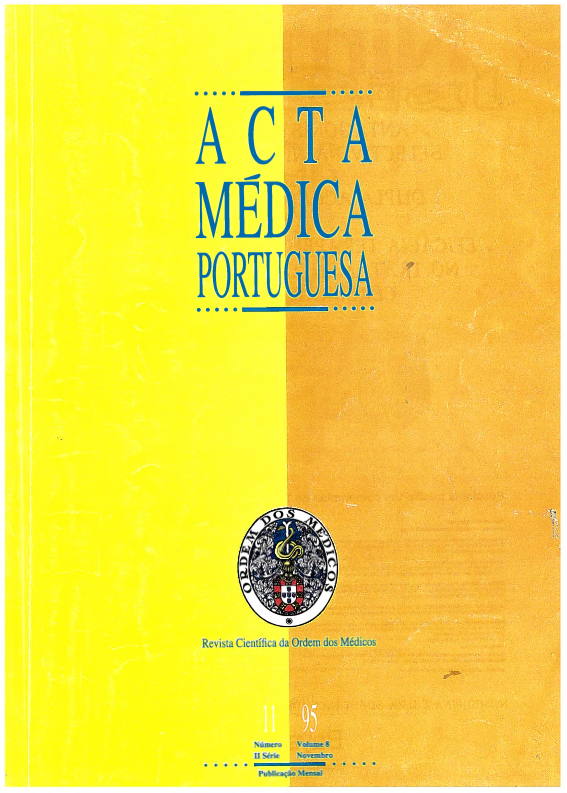Nutrition and bone mineral density in premenopausal women.
DOI:
https://doi.org/10.20344/amp.2763Abstract
Environmental factors have an important role in osteoporosis. Diet and, in particular, nutrients like calcium, vitamin D or phosphorus were extensively studied as determinants of bone mineral density, but the results remain conflicting and there is no clear evidence for an independent effect of such factors in the bone density of premenopausal women. We studied 66 healthy premenopausal women (20-40 years-old) aiming to relate bone mineral density, as measured in three different sites (distal forearm, lumbar spine and femoral neck) using single X ray and dual energy X-ray absorptiometry, with nutritional intake as estimated by a semi-quantitative food frequency questionnaire. Demographic, anthropometric and other life style variables were also assessed. There was a significant correlation between distal forearm and femoral neck (r = 0.57) or lumbar spine (r = 0.45) bone mineral density. No significant effect of age was observed for distal forearm bone mineral density in these women. In a stepwise multiple linear regression model, evaluating the contribution of all the variables studied, only body mass index (p=0.038) and vitamin A ingestion (p = 0.020) had an independent contribution for the variation in distal forearm bone mineral density. Mean bone mineral density, assessed in the femoral neck (p = 0.003) or the lumbar spine (p = 0.056) was different across tertiles of alcohol ingestion, being higher in non-drinkers. However, among regular drinkers there was a significant positive correlation between alcohol ingestion and femoral neck bone mineral density (Spearman's r = 0.53, p = 0.015). This study shows that the effect of nutrition seems dependent on the anatomical site assessed and that there is a weak correlation between nutritional intake and the actual bone mineral density.Downloads
Downloads
How to Cite
Issue
Section
License
All the articles published in the AMP are open access and comply with the requirements of funding agencies or academic institutions. The AMP is governed by the terms of the Creative Commons ‘Attribution – Non-Commercial Use - (CC-BY-NC)’ license, regarding the use by third parties.
It is the author’s responsibility to obtain approval for the reproduction of figures, tables, etc. from other publications.
Upon acceptance of an article for publication, the authors will be asked to complete the ICMJE “Copyright Liability and Copyright Sharing Statement “(http://www.actamedicaportuguesa.com/info/AMP-NormasPublicacao.pdf) and the “Declaration of Potential Conflicts of Interest” (http:// www.icmje.org/conflicts-of-interest). An e-mail will be sent to the corresponding author to acknowledge receipt of the manuscript.
After publication, the authors are authorised to make their articles available in repositories of their institutions of origin, as long as they always mention where they were published and according to the Creative Commons license.









